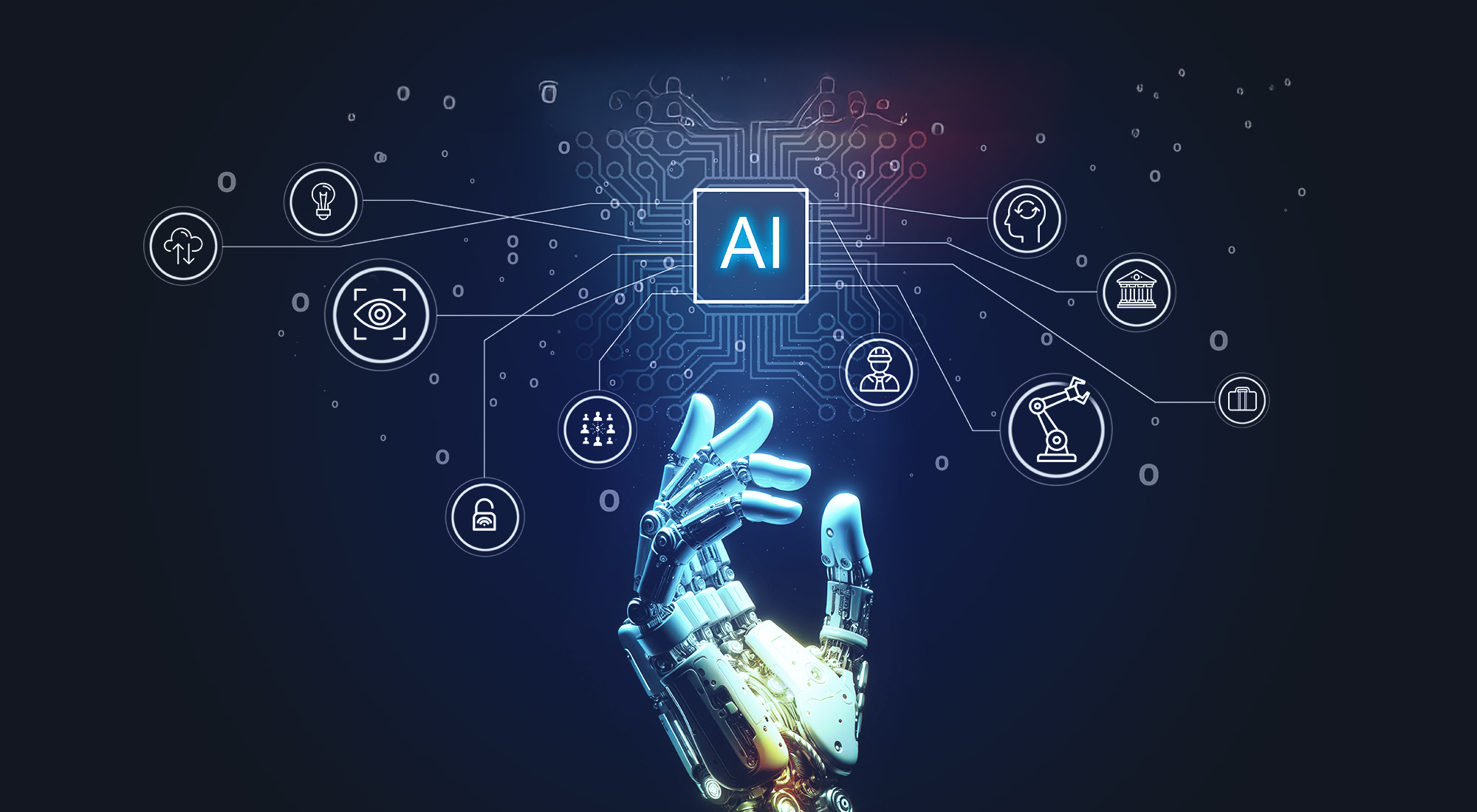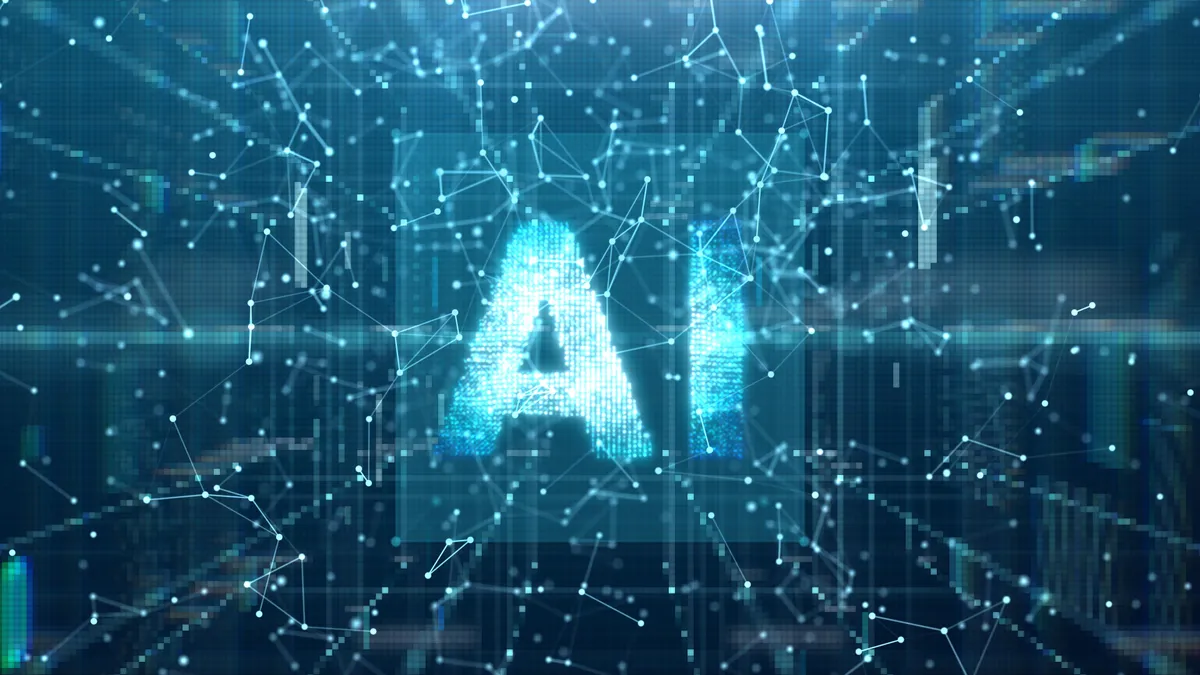Did you know that by early 2025, artificial intelligence has already transformed over 40% of Canadian workplaces? From Toronto's financial district to Vancouver's tech hubs, AI isn't just changing how we work – it's completely reshaping what work means. As a student watching older siblings and friends enter the job market, I've noticed something pretty crazy: the jobs they're getting today might not even exist in ten years, while completely new careers are popping up everywhere.
The automation revolution isn't some distant future thing anymore. It's happening right now, and honestly, it's both exciting and kind of scary. My dad works in manufacturing in Ontario, and he's had to learn three different AI systems just this year. Meanwhile, my cousin in Calgary just got hired as an "AI prompt engineer" – a job that literally didn't exist when she started university.
This article explores what's really happening with AI and work in Canada, how different industries are being affected, and most importantly, what we can actually do to prepare for these changes. Whether you're planning your career or already working, understanding this stuff is becoming essential for anyone who wants to succeed in the next decade.
The Current State of AI in Canadian Workplaces
According to Statistics Canada's latest workforce analysis from March 2025, approximately 2.3 million Canadian jobs have been significantly modified by AI integration over the past two years. This doesn't mean these jobs disappeared – instead, they evolved. Workers across the country are finding themselves collaborating with AI systems rather than being replaced by them.
Dr. Sarah Chen, a labor economist at the University of British Columbia, explains this trend: "What we're seeing in Canada is not the mass unemployment that many predicted, but rather a fundamental shift in job requirements. Workers who adapt to AI tools are becoming more productive and valuable, while those who resist change are finding themselves at a disadvantage."
The impact varies dramatically across different sectors. In Alberta's energy sector, AI has automated routine data analysis tasks, freeing up engineers to focus on complex problem-solving. Meanwhile, Quebec's aerospace industry has integrated AI into design processes, creating entirely new roles for AI-human collaboration specialists.
Regional Differences Across Canada
The adoption of AI technology isn't uniform across our provinces. British Columbia leads with 67% of companies reporting significant AI integration, largely due to Vancouver's thriving tech ecosystem. Ontario follows closely at 61%, driven by Toronto's financial and technology sectors. The Atlantic provinces show slower adoption at around 34%, though this is rapidly changing as federal initiatives promote AI education and infrastructure development.
Michael Rodriguez, director of workforce development at the Canadian Chamber of Commerce, notes: "We're seeing a clear correlation between AI adoption rates and regional economic growth. Provinces that embrace these technologies early are creating more high-paying jobs and attracting young talent."
Industries Most Affected by Automation
Some Canadian industries are experiencing more dramatic changes than others. Manufacturing, which employs over 1.7 million Canadians, has seen the most visible transformation. Factories in southern Ontario now operate with 40% fewer human workers than in 2023, but those remaining workers earn an average of 23% more due to their specialized AI management skills.
The financial services sector presents a fascinating case study. Major Canadian banks like RBC and TD have automated approximately 60% of routine customer service tasks, but they've simultaneously created thousands of new positions in AI oversight, data analysis, and personalized financial advisory services. These new roles often require different skills but offer better compensation than the positions they replaced.
Healthcare represents perhaps the most promising area for AI-human collaboration. Canadian hospitals are using AI for diagnostic assistance, treatment planning, and administrative tasks. Dr. Jennifer Walsh from Toronto General Hospital observes: "AI doesn't replace doctors or nurses – it makes us more effective. We can now spend more time with patients because AI handles routine analysis and paperwork."
Surprising Winners and Losers
Some industries have benefited unexpectedly from AI adoption. Creative fields, which many predicted would suffer, are actually thriving in Canada. Graphic designers, writers, and marketers who learned to work with AI tools report increased productivity and creativity. The key difference lies in viewing AI as a collaborative partner rather than a threat.
Conversely, middle management positions across various sectors have faced significant challenges. Traditional supervisory roles focused on information processing and routine decision-making have been streamlined through AI systems, forcing many managers to develop new leadership and strategic thinking skills.
Skills and Education for the AI Era
Canadian educational institutions are rapidly adapting their curricula to prepare students for an AI-integrated workplace. The University of Toronto's new "AI Collaboration" program, launched in January 2025, has already attracted over 3,000 applicants for just 300 spots. Similar programs at universities across Canada are seeing unprecedented demand.
But formal education isn't the only path forward. The most in-demand skills for 2025 include AI prompt engineering, data interpretation, human-AI workflow design, and ethical AI implementation. Many of these skills can be learned through online courses, workshops, and hands-on practice. Canadian companies are increasingly valuing demonstrated ability over formal credentials in AI-related roles.
Professor David Kim from McGill University's AI Ethics Institute emphasizes the importance of soft skills: "Technical AI knowledge is important, but the real value lies in understanding how to integrate AI ethically and effectively into human-centered processes. Communication, critical thinking, and emotional intelligence become even more valuable in an AI-augmented workplace."
Practical Steps for Skill Development
For students and workers looking to prepare for this new landscape, several strategies prove most effective. First, gain hands-on experience with AI tools relevant to your field – whether that's ChatGPT for writing, AI design tools for creative work, or data analysis platforms for business roles. Second, focus on developing uniquely human skills that complement AI capabilities: creativity, empathy, complex problem-solving, and ethical reasoning.
The Canadian government's SkillsFuture AI initiative, expanded in June 2025, now provides up to $2,500 in training credits for workers seeking AI-related education. This program has already helped over 150,000 Canadians upgrade their skills, with participants reporting an average 31% increase in job opportunities within six months of completion.
Government and Policy Responses
Canada's approach to AI regulation and workforce transition has been notably proactive compared to other countries. The Artificial Intelligence and Data Act, which came into full effect in April 2025, establishes clear guidelines for AI use in employment while protecting worker rights. This legislation requires companies to provide retraining opportunities for employees whose roles are significantly changed by AI implementation.
Provincial governments are also taking action. Ontario's "AI Transition Fund" has allocated $500 million over three years to support worker retraining and small business AI adoption. British Columbia's similar program focuses on rural communities, ensuring that the benefits of AI aren't concentrated only in major urban centers.
Employment and Social Development Canada reports that these programs are showing promising results. Lisa Thompson, the department's AI transition coordinator, states: "We're seeing successful career transitions across all age groups. The key is providing support before displacement occurs, not after. Our proactive approach is helping Canadian workers stay ahead of technological change rather than react to it."
Challenges and Ongoing Debates
Despite these positive developments, significant challenges remain. Rural and remote communities often lack access to high-speed internet necessary for AI tool usage and online training. Indigenous communities face particular barriers, though targeted federal programs launched in May 2025 are beginning to address these disparities.
There's also ongoing debate about the pace of change. While younger workers generally embrace AI integration, many experienced professionals feel overwhelmed by the rapid transformation. Balancing innovation with inclusive transition remains a key policy challenge for Canadian governments at all levels.
Looking Ahead: Preparing for Success
The AI revolution in Canadian workplaces is accelerating, but it's not something to fear – it's an opportunity to embrace. The data clearly shows that workers and industries that adapt early are thriving, while those that resist change face increasing difficulties. The key insight is that AI doesn't eliminate human value; it amplifies it when we learn to work together effectively.
For anyone planning their career or considering a transition, the message is clear: start learning about AI now, focus on developing complementary human skills, and stay curious about new developments. The Canadian job market of 2030 will look dramatically different from today, but it will also offer unprecedented opportunities for those who prepare thoughtfully. The automation revolution isn't just changing how we work – it's creating possibilities we're only beginning to imagine.



